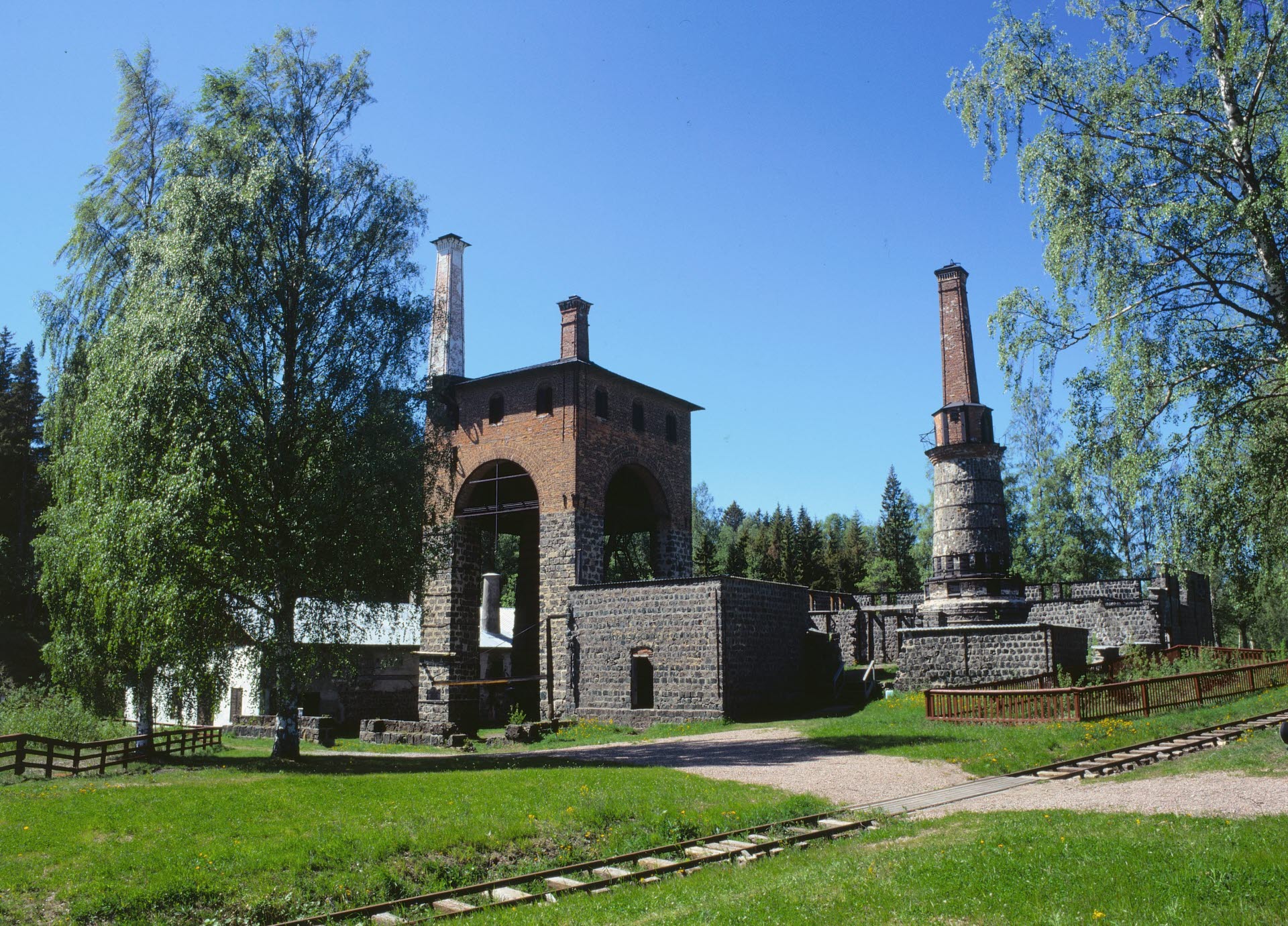
- FOREST
- SCA's FORESTS
- WELCOME TO OUR FOREST
- GALTSTRÖM IRONWORKS
Galtström ironworks
Galtström's ironworks, SCA's cradle, is located a roughly 30 kilometres south of Sundsvall and is owned and managed by SCA. The area is an excursion destination for those who want to visit a well-preserved ironworks, explore the interesting surroundings, or just spend a nice day in Galtström.
Galtström's mill was founded in 1673 and is Svenska Cellulosa Aktiebolaget SCA's oldest predecessor. Galtström's ironworks is the region's oldest, largest and last ironworks and was in operation between the years 1673 and 1916. The ironworks is a notable industrial monument and a notable building monument of national interest.
The ironworks was founded during Sweden's great power era, when iron accounted for a large part of Sweden's export income. The ore mainly came from mines in Central Sweden, while the forests around Galtström contributed with the forest raw material, so important for iron production. Even today you can see the traces of the countless charcoal kilns, which were located around Galtström.
In Galtström there has also been a sawmill and a large farm.
The environment surrounding the ironworks is well preserved and many of the old buildings can be visited, for example the roasting and blast furnace, the church and the local bakery cottage. The church was built as early as 1680 and inaugurated in 1696. Today it is owned by Njurunda parish and is popular for weddings and child baptisms.
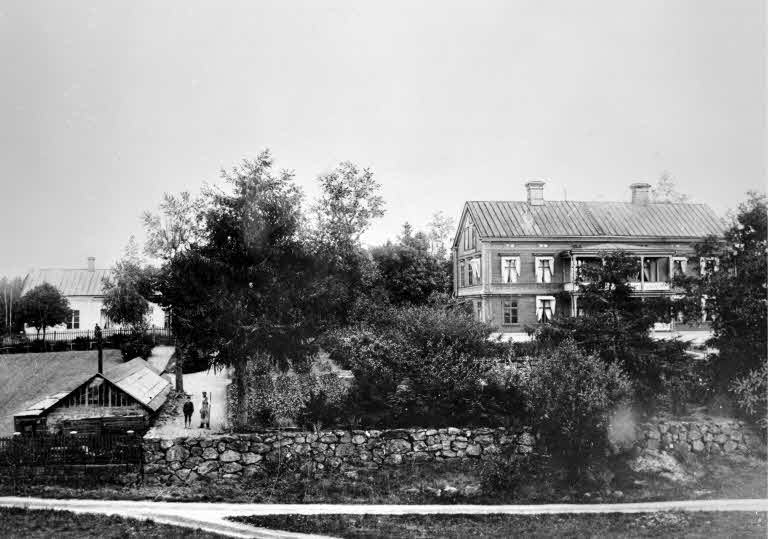
A beautiful park surrounds the stately mansion with wing buildings and the preserved ironworks office. The office is shown in connection with guided tours in the area.
For those who want to immerse themselves in Galtström's history and life at the mill, there is the so-called Culture Walk. Twelve signs provide information about the buildings along the promenade. Through QR codes on the signs, interested visitors can read about, or listen to, more information about Galtström. The information is also available here on the website.
Njurundakusten Conservation Park
Along the coast at Galtström from Oxsand to Junibosand, the Njurunda kusten conservation park stretches. It is one of SCA's five conservation parks. Here the visitor can enjoy an unexploited stretch of coast with lagoons, flower-rich beach meadows, pine forests, alder marshes and clapper fields.
In the surroundings there are also SCA's forest path and a children's path. There is also a bird path that SCA created together with Birdlife Medelpad.
Botnialeden, a 48 km long hiking trail starts in Galtström and stretches to Södra Berget in Sundsvall.
Destination Galtströms Bruk is a non-profit association that, together with SCA, works to preserve Galtström and make the place attractive to visitors. The association carries out activities in Galtström, including SCA-sponsored guided tours in the summer. The association has its own website (only in Swedish): www.galtstromsbruk.se.
The railway in Galtström, with the steam locomotive Loke, is operated by the association Galtströmståget.
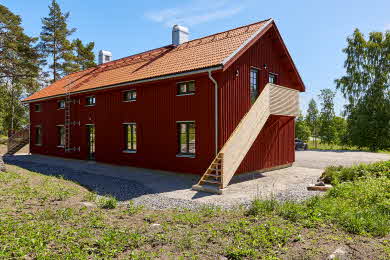
In Galtström, SCA also runs a modern conference facility, which contributes to keeping the area alive for visitors and residents. Accommodation for SCA conference guests is available in the mansion (in swedish Herrgården) with annexes, in Kyrkbyggningen and in the new building Rättarbyggningen. Rättarbyggningen was completed in 2024 and is built in a style like the multi-family houses that once existed in Galtström, when the ironworks was in operation.
During the summer, Kyrkbyggningen is available to SCA's and Essity's employees for holiday purposes.
In the cowhouse there are conference facilities and also an exhibition about Galtström. The exhibition is shown in connection with guided tours in the area.
The Galtström cultural trail
The cultural trail follows a signposted loop through Galtström. Scan the QR code on the signs with your smartphone to learn about these historical stories.
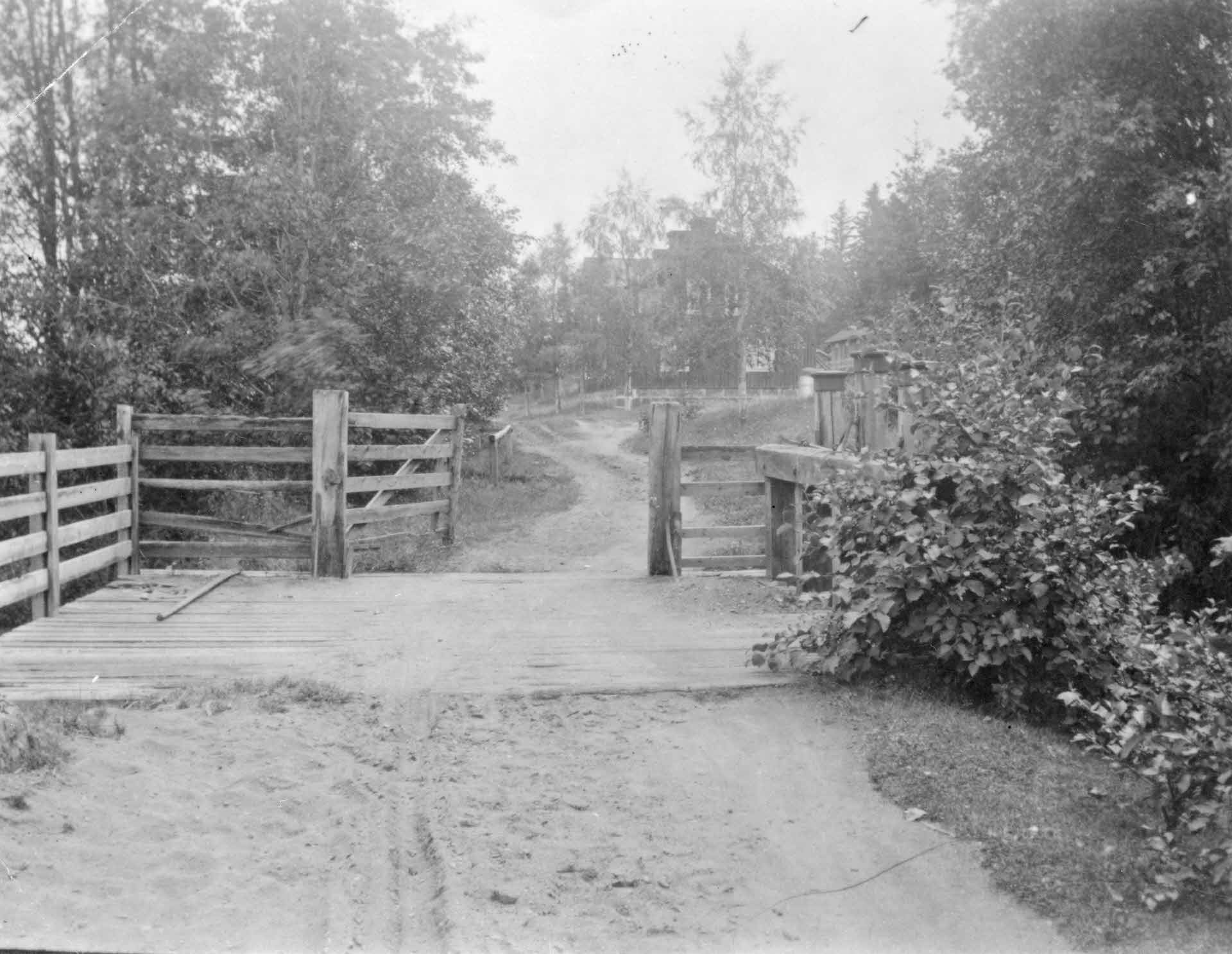
Welcome!
The year is 1673. Sweden was a great power and controlled the Baltic Sea. Sweden was one of the leading iron producers in the world, and iron was vital for Sweden and its economy. In 1750, iron accounted for 70% of all exports.
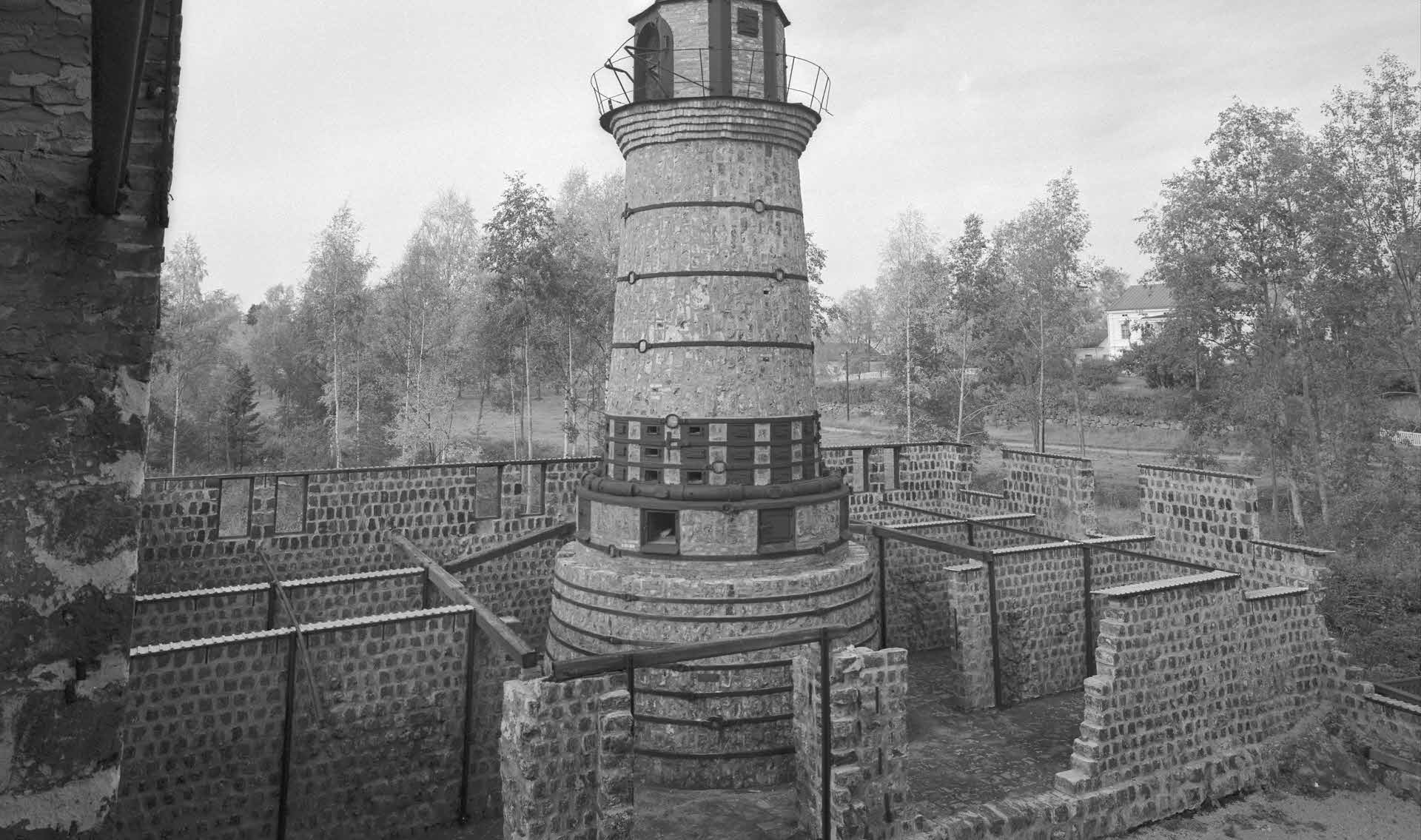
Iron smelting
ron smelting is a complex process. The goal of an ironworks has always been to improve the production process and to use less coal. Originally, charcoal produced in the forests around the works was used. Charcoal was later replaced by coal. To reduce CO₂ emissions from the process, hydrogen is today being tested as an alternative to coal.
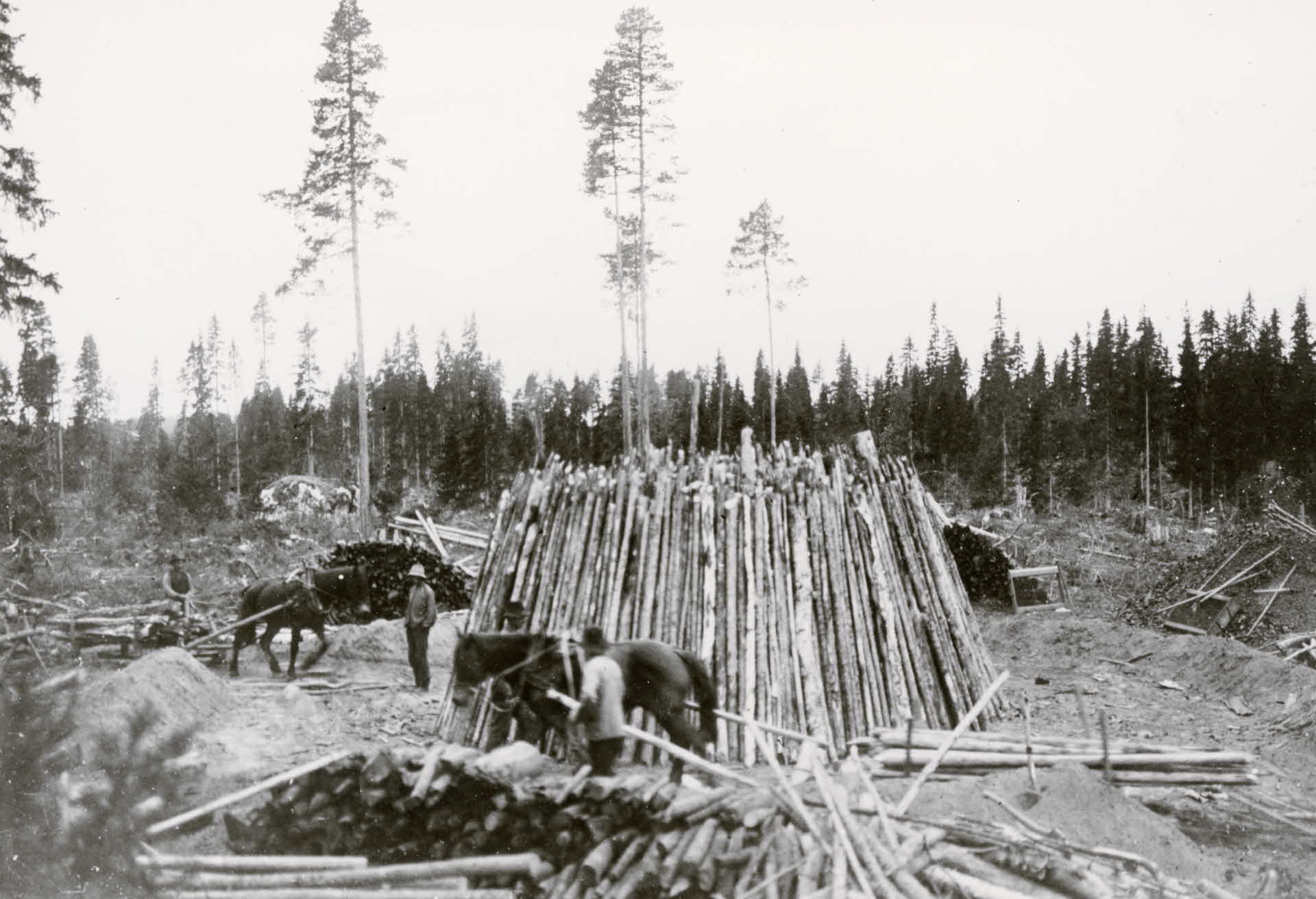
Charcoal
The abundance of fuelwood for charcoal production was the main reason why ironworks were established in northern Sweden at the end of the 17th century. In central Sweden, where the iron ore was found, the land had been deforested over the years due to mining and iron smelting. Some works had been forced to close due to a lack of fuelwood.
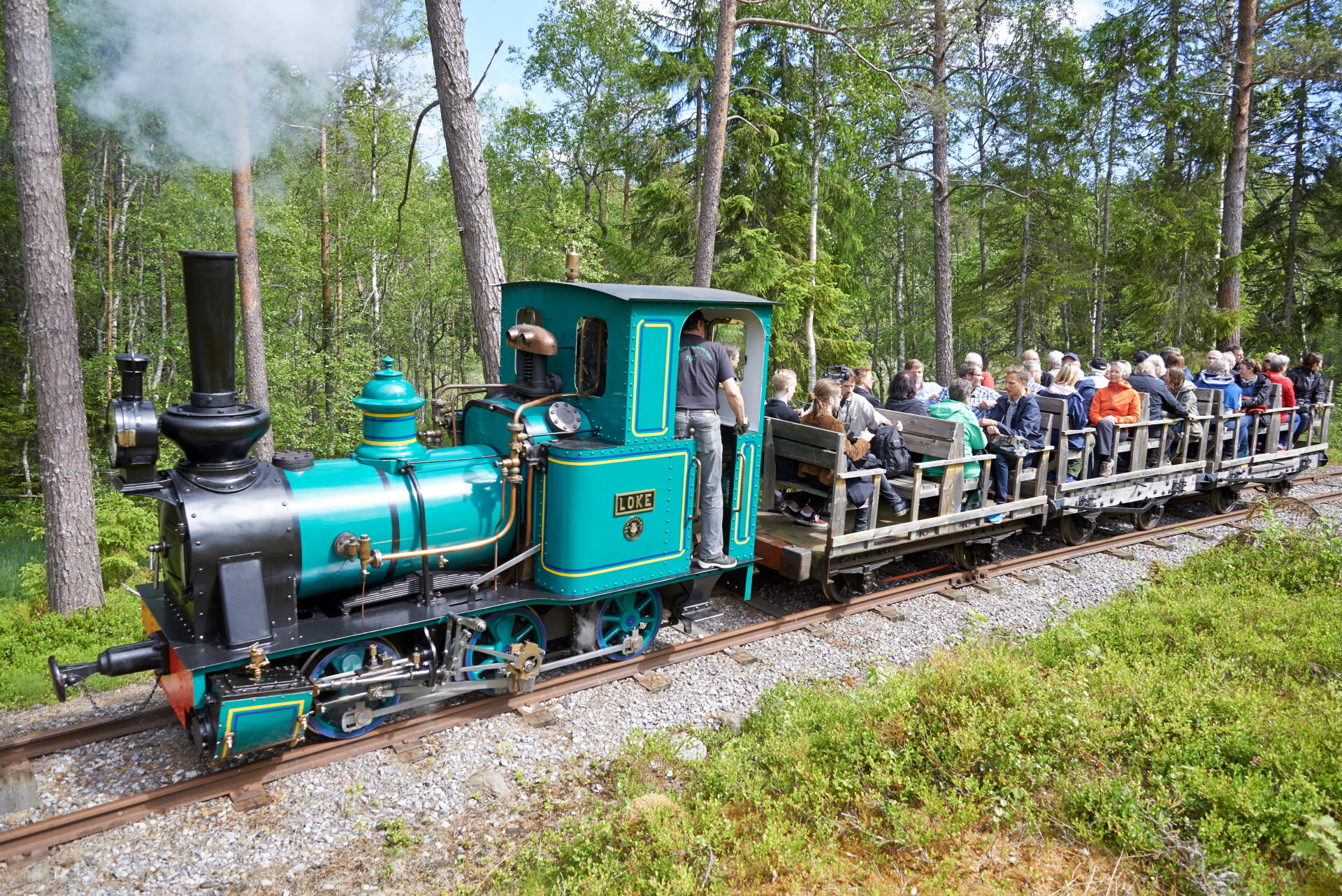
Engine room and railway
A narrow-gauge railway track was laid in the 1860s for transport between the works and Prästviken, which was the port used at the time. In 1877, the track was extended westwards to the rolling mill and sawmill, and northwards to the new port in Utterviken, with a total route of 3,200 meters. The track gauge was 890 mm.
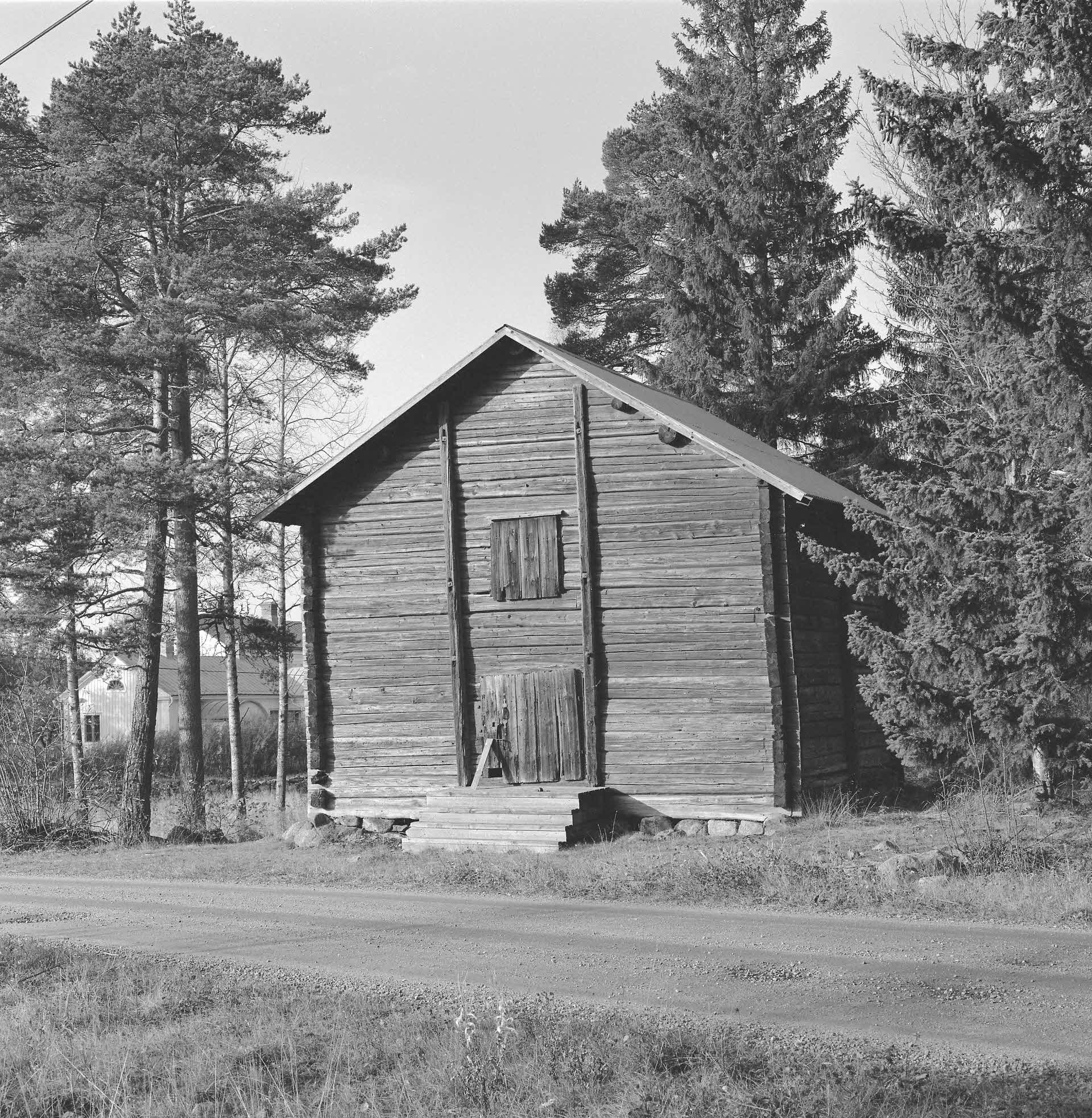
The gunpowder store
Large amounts of gunpowder were used for road building and other types of construction around the works.
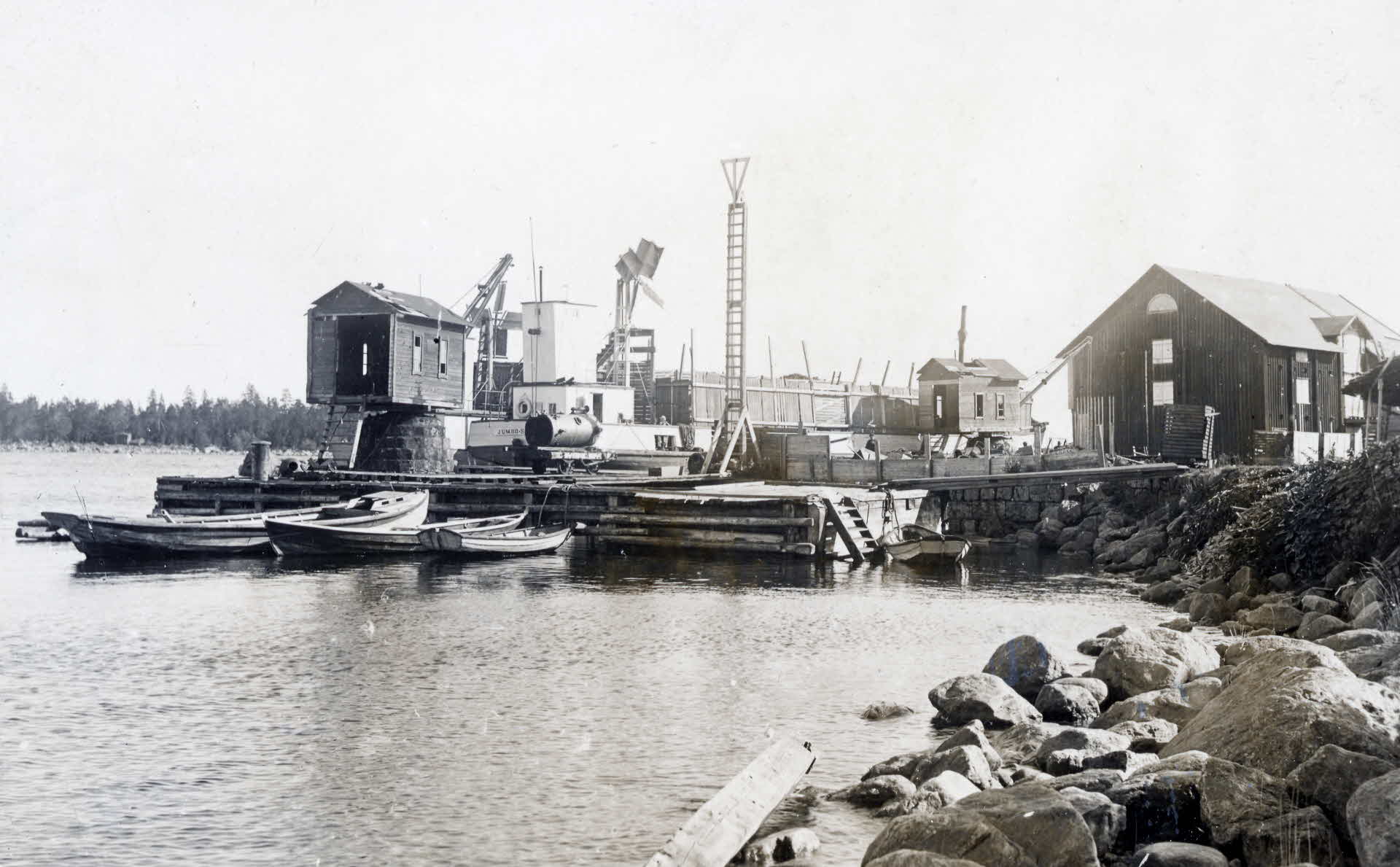
Ports
The main product unloaded in the port was iron ore from the mines. Pig iron and rod iron were uploaded for shipping to Swedish and foreign ports.
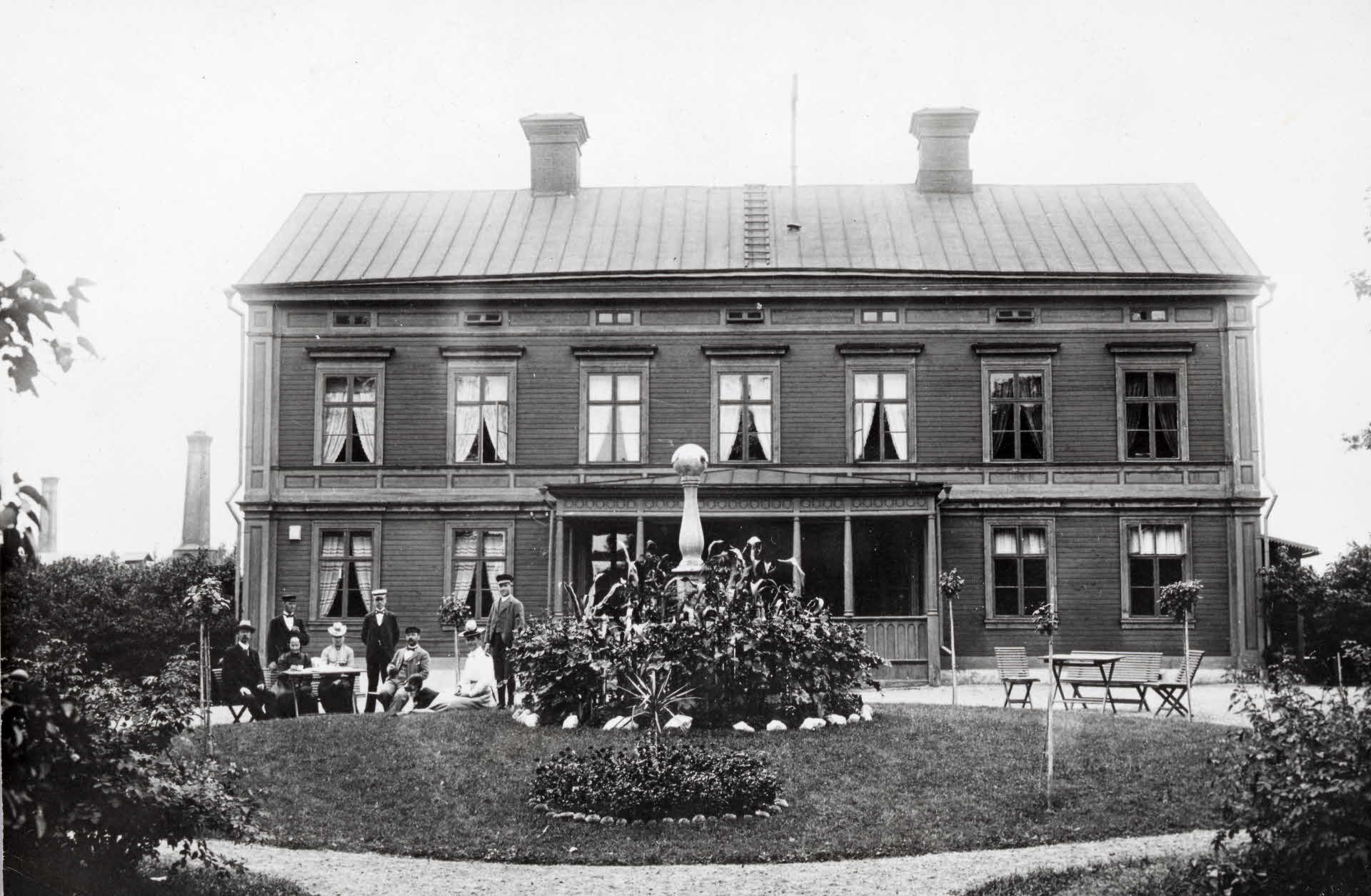
The mansion and office
Galtström’s mansion was the Director’s residence. The current mansion was built in the 1830s and received its current appearance when it was refurbished in 1889. Prior to that, there were three mansions that were probably more modest. The first mansion was burnt down by the Russians in 1721.

Life in the ironworks
Galtström is an idyllic place today, but when the ironworks were in operation, it was an industrial municipality where the people worked hard. It’s difficult to imagine the working conditions and the work environment at the ironworks during this period.
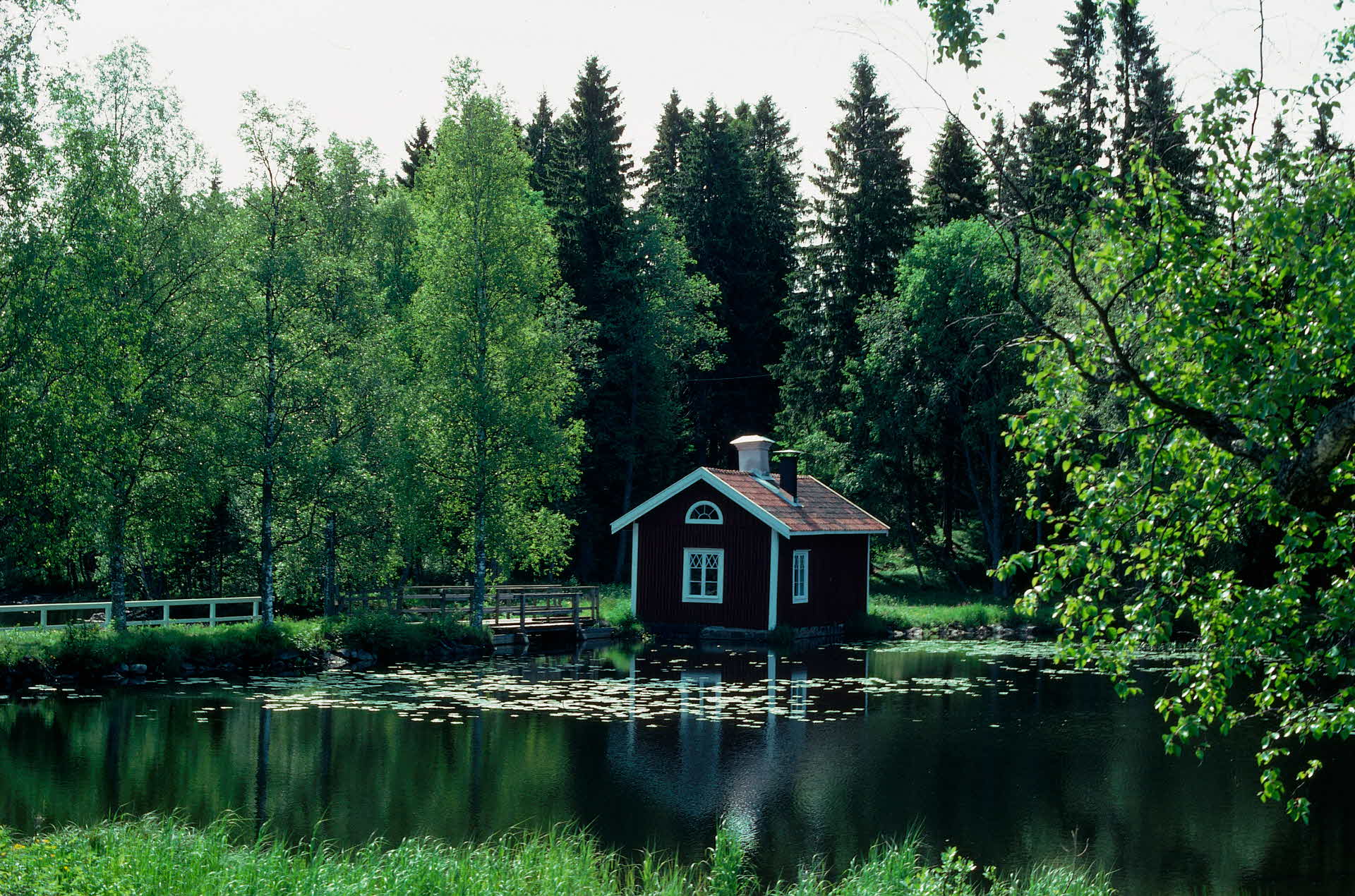
Wash house and bakery
The combined wash house and bakery was built with timber and clad with vertical boards. The building was erected in the latter half of the 19th century. The bread oven is still in use.
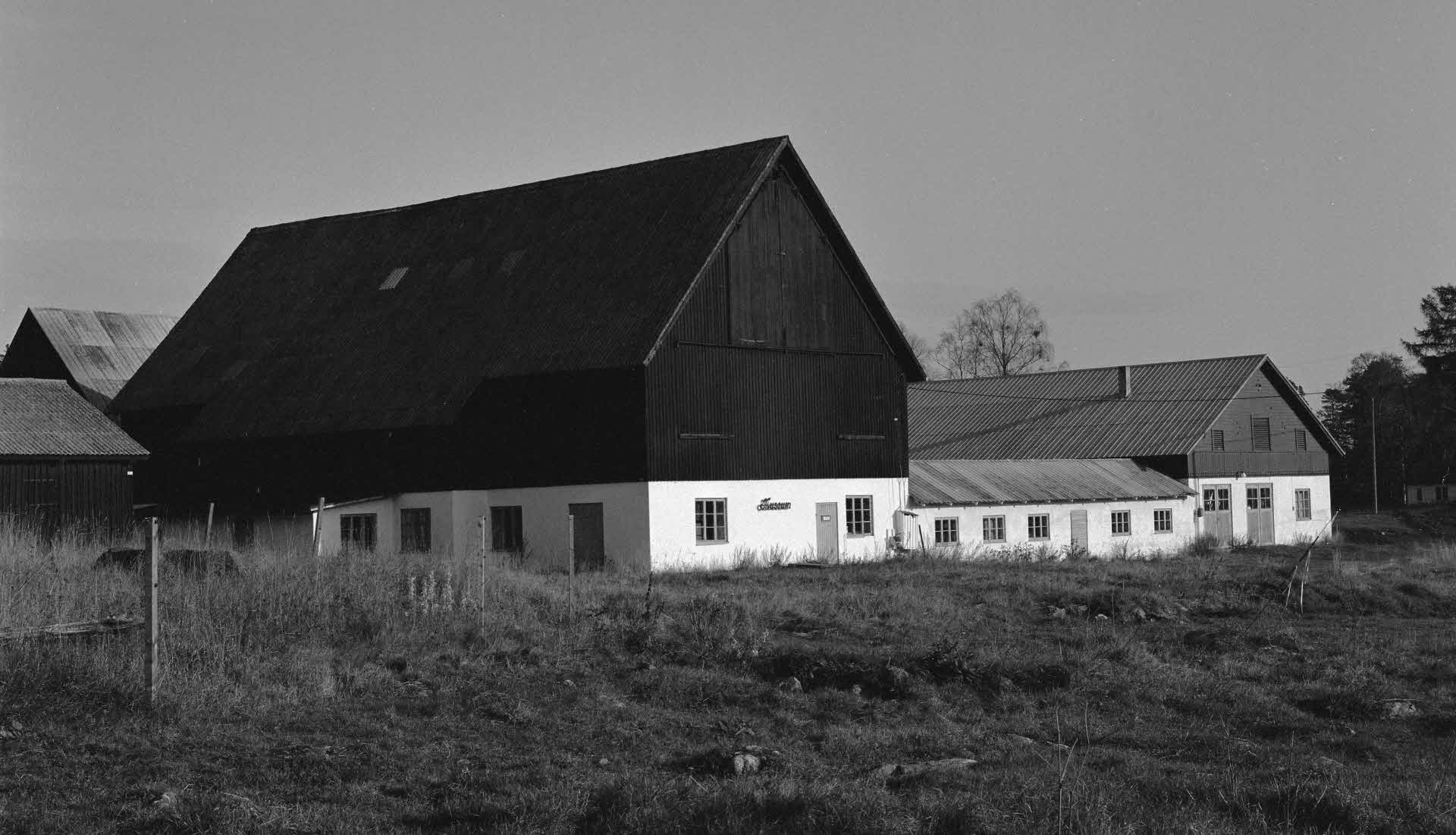
The farming
In Galtström Ironworks they had to produce their own food and they were essentially self-sufficient. The works’ owner ran the communal farm and purchased the food that wasn’t produced by the works from local farmers and storekeepers.
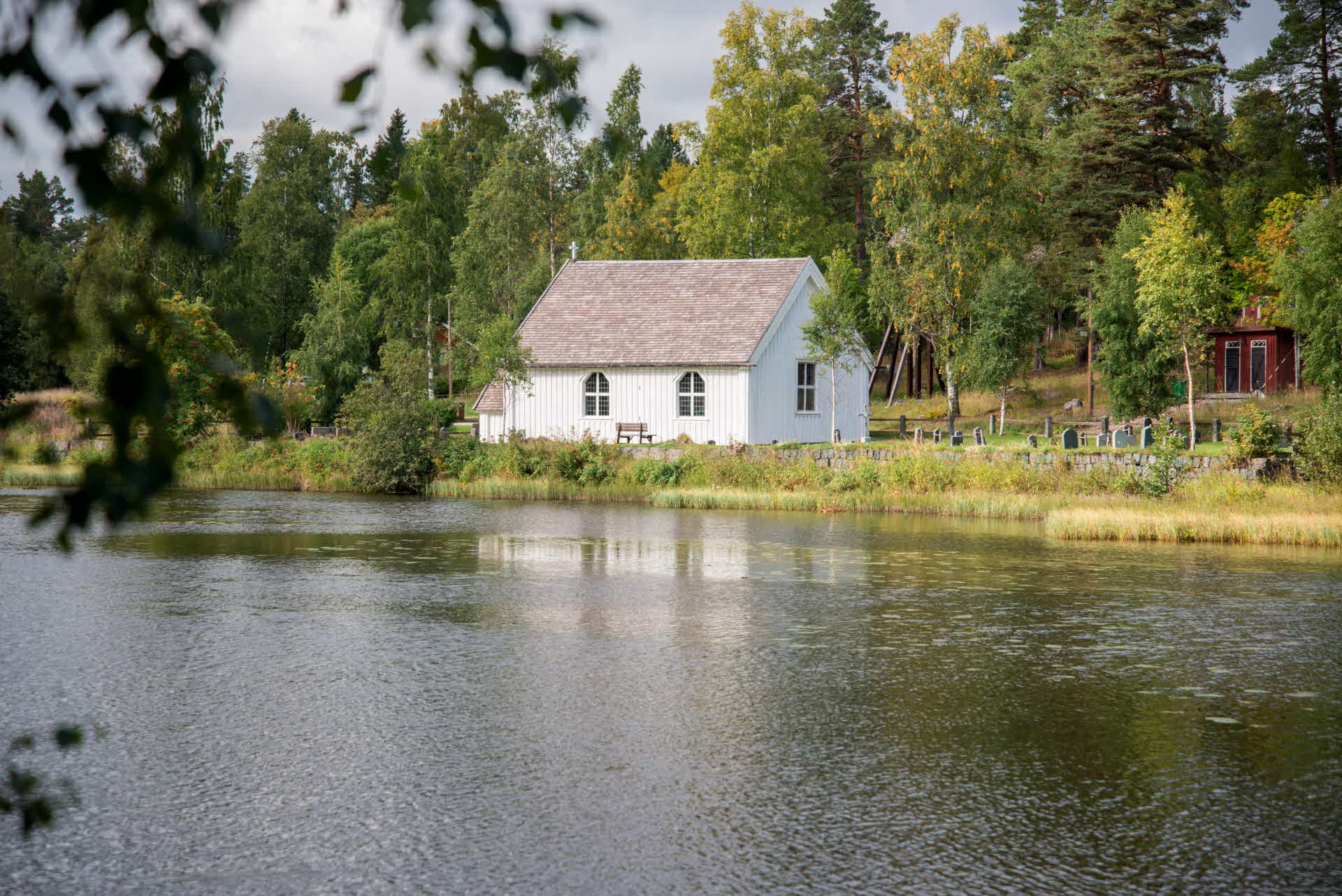
The church
The foundations of the wooden church were laid on May 26, 1680, and the first service was held on May 30 of the same year when the Galtström Ironworks parish was formed. The first pastor was installed the same year and, in accordance with the custom of the time, also served as teacher for the ironworks’ children.
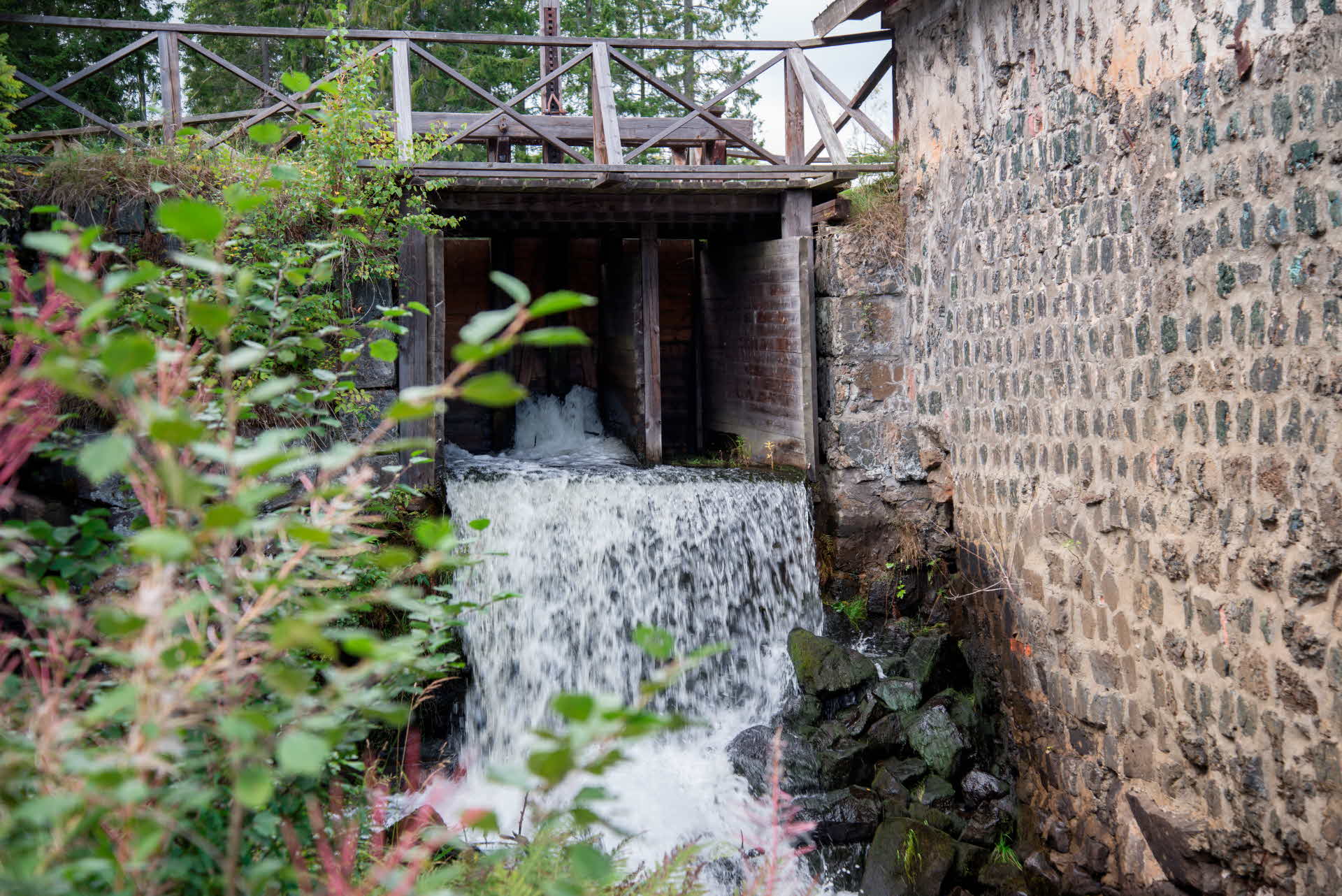
The dams
There are six dams in the Galtström area (Ålhusdammen, Kvarndammen, Sågdammen, Hammardammen, Kyrkdammen and Bruksdammen) that regulate the water flow in the Armsjö River. The aim of the dams was to power all of the ironworks’ machinery.